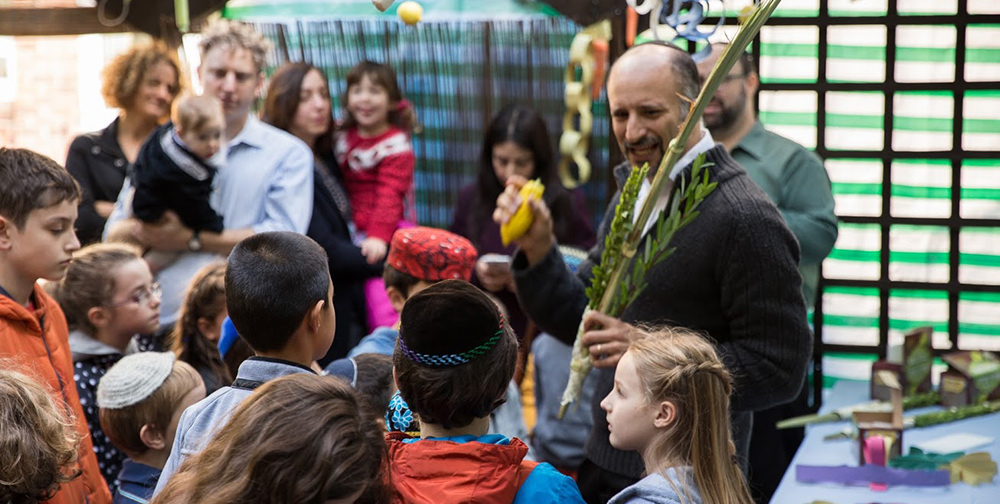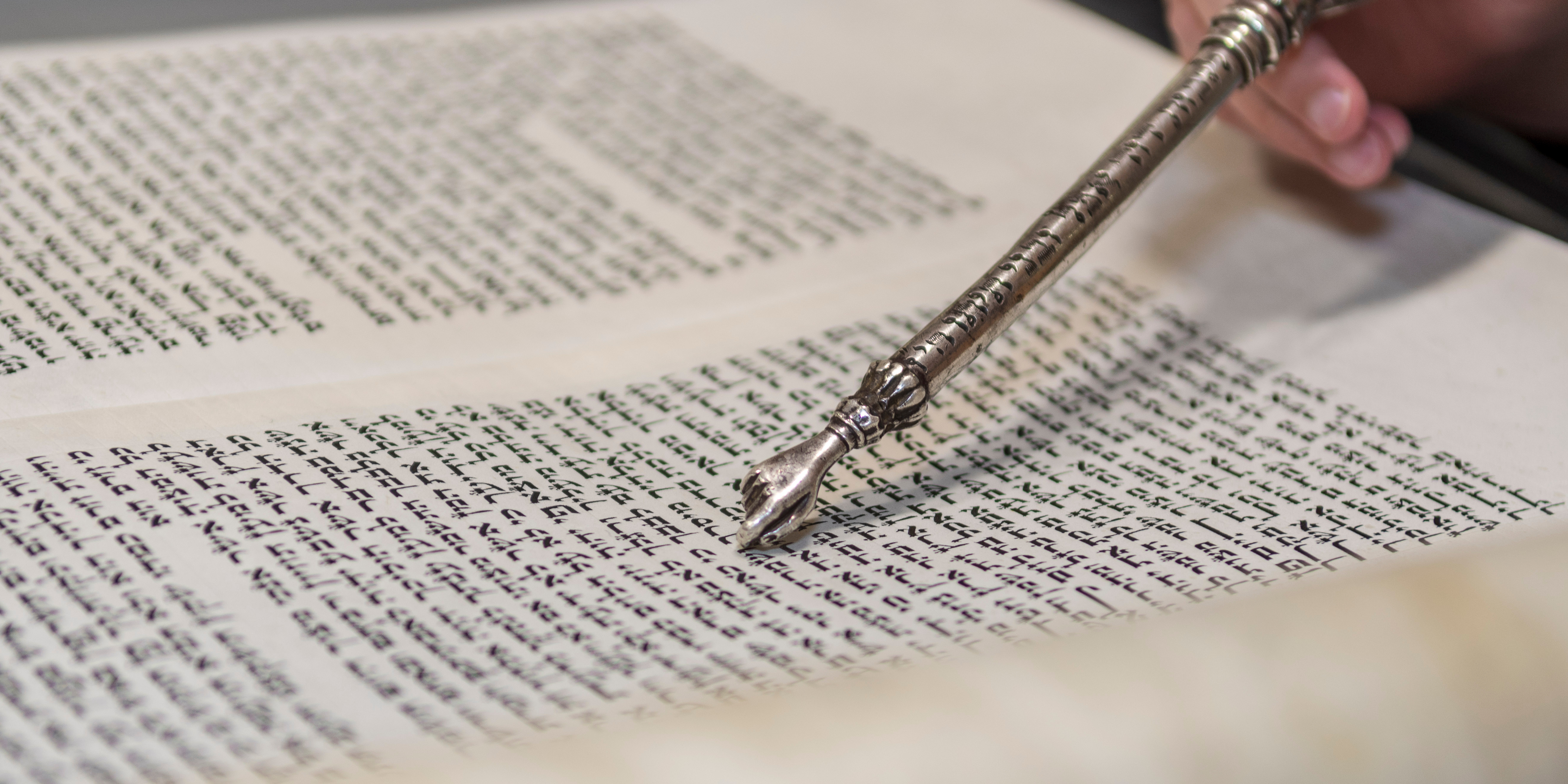Pesach 7 & 8

As memories of the seders slip away, it is timely to reflect on the Torah portion for this seventh day of Pesach, from that part of the book of Exodus where the people of Israel stand poised on the shore of the Red Sea, waiting to cross.
I focus on Exodus 14:15 and a midrash on it. God says to Moses, “Why do you cry out to me? Tell the Israelites to go forward.” The Mechilta and the Talmud (Sotah 37a) both comment, “Meanwhile, Moses was standing and praying at great length. God said to him, ‘My beloved people are on the verge of drowning, and you stand and make long prayers before me!’… There is a time to lengthen prayer and a time to shorten it.”
Rabbi Joseph H. Hertz, in his Torah commentary, sums up the situation: this “moment of anguish called not for prayer, but for action”. According to another midrash, only when Nahshon ben Aminadav acted by jumping into the water did the sea part. This verse and its midrashim raise a fundamental challenge. When is the right time to ask, and when is the right time to act?
The Haggadah answers in what is its core verse – “Each person is obligated to see him/herself [Hebrew lirot, the simple form of the verb] as if he/she personally went out of Egypt.” Maimonides (Rambam), however, tweaks the verb, adding one letter, a “hey”, to lirot, creating the causative form l’harot, to show. In doing so, he alters and enhances the meaning of the sentence: “Each person is obligated to show him/herself as if he/she personally made the Exodus” (Hilchot Chametz u-Matzah, 7:6).
Rambam, then, provides context for understanding this choice between a reflexive internal response like prayer and an outward external response like mitzvot. I bring this up because of the popularity of meditation and mindfulness, helpful yet internal, as distinguished from stepping outside of yourself, feeding the hungry or actually welcoming refugees into your community.
By deriving both feeling and doing from the same verb, Maimonides is telling us that they are both equally important, and that each can – and will – be a stepping stone to the other. We need both in full measure. In God Whispers: Stories of the Soul, Lessons of the Heart by Rabbi Karyn Kedar, we find the following story:
“As I understand the nature of God, so I must understand my role in the world. I was invited to speak about spirituality to a group of women. For twenty minutes they listened politely. Then one of the women, in her late sixties, couldn’t stand it anymore. ‘I don’t get this spiritual stuff. In my day we did not have time to dwell on our problems. We marched for civil rights. We fought to free the Jews from the former Soviet Union. We fed the hungry. If you are depressed or sad do something for someone else.’ …. She was right. Acts of loving-kindness transform our souls. Spiritual well-being comes from connecting to others, to God, to love.”
Lirot and L’harot – we have to feel the suffering of others. We must pray for them and do something to free them from that suffering. It doesn’t matter where you start. The two are intertwined, either can and will lead to the other, and both are equally necessary to repair the world.
Rabbi Carl Wolkin served as the Senior Rabbi of Congregation Beth Shalom, Northbrook, Illinois for 35 years. Now retired, he is serving as Rabbi-in-Residence at St Albans Masorti Synagogue.



